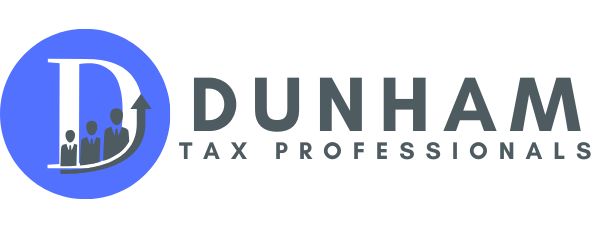The COVID-19 Pandemic has hit us all severely: as business and industry has been shut down, the federal government scrambled to enact several relief bills in aid of stimulating our economy and keeping businesses – and families – afloat. 2020 has brought us, not one but two draws of Payroll Protection Plan loans from the Small Business Administration and qualifying forgiveness, and now, much needed tax breaks for the self-employed, including contractors and freelancers under the Families First Coronavirus Response Act.
In our previous blogs, we touched on tax credits for the self-employed regarding the inability to work due to either self-quarantining due to your symptoms or caring for someone else. We also discuss the tax credit due to the inability to work because your child’s school or daycare was affected by shutdowns.
Now, as you may recall, under the FFCRA sick leave portion, a self-employed individual who has self-quarantined may claim a maximum of $511 per day for ten days; or if you were unable to work because you had to care for a family member, you can claim $200 per day for ten days. Moreover, if you were unable to work due to your child’s school or daycare being shut down, the credit caps out at $200 per day for up to 50 days
These tax credits are relatively easy to qualify for, however that is not to say that this is an IRS free money bonanza, either. As new forms of relief bills and laws come from Congress, so does the potential for more guidelines and requirements, as well. Congress is also learning as they are going, and taxpayers need to know that there is a vetting process in place with these credits.
The IRS has said that the required proofs for qualifying eligibility are substantively like those proofs an employer would require. So, let’s go over those.
These requirements are:
- The employee’s name – that’s you.
- The date or dates for which leave is requested — Remember you can only claim up to 10 days and if this is you and you were caring for yourself, and you were the one that had symptoms; or you were the one that was self-quarantining that’s the 511 dollars per day
for up to 10 days. But if you were the one caring for somebody else, that maximum is 200 per day for that same 10-day period.
- A statement of the related reason the employee – again that’s you – are requesting leave and written support for that reason
- A statement that the employee – you – are unable to work including by means of working remotely and written support for such reason. It is very important to note that this statement needs to also include – if you were in quarantine – the name of the government entity in your location ordering quarantine; or the name of the healthcare professional advising self-quarantine.
If the person that was in quarantine, or was having symptoms and required care was not you, the following additions to those previously stated are required:
- That person’s name and the relation to you.
In the case of leave under FFCRA based on a school closing or childcare provider unavailability, the remitted statements – again in addition to those previously stated – should include:
- The name and age(s) of the child or children to be cared for
- The name of the school, enrichment program, camp or daycare program that has closed or was unavailable.
- Representation that no other person was able to provide care for the child during the period of leave.
- It is also very important to note here that if you were unable to work for the above reasons and that the child or children that you provided care for – during daylight hours – was older than 14, you are also required to submit statements that special circumstances exist.
So, the takeaway here is that you’re not just going to get these tax credits for no reason just because you’re self-employed. You’ve got to substantiate your eligibility which simply means that you must prove it with some written statements, with some documentation – and that documentation is going to be sent in along with the rest of your regular tax return , including attached form 7202
Moreover, the IRS has stated that this documentation needs to be maintained for a period of four years. So, as you can see – and as Dunham Tax Professionals is always reminding you – documenting everything is key.
Dunham Tax Professionals is skilled in every aspect of your business needs from taxes to bookkeeping; business licensing and more. We’re here to help you be compliant and stay abreast of changes to the tax laws and regulations as they occur. Contact us and schedule an appointment today.

